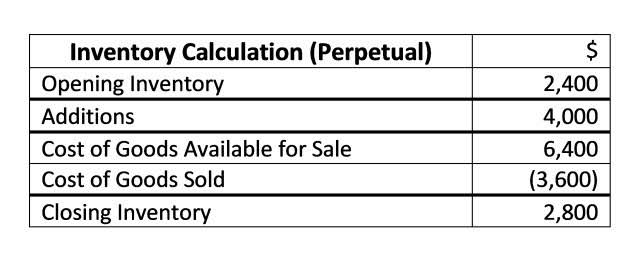
The term research and development (R&D) is used to describe a series of activities that companies undertake to innovate and introduce new products and services. Companies require knowledge, talent, and investment in order to further their R&D needs and goals. The purpose of research and development is generally to take new products and services to market and add to the company’s bottom line. Under Section 41, Taxpayers are permitted to include certain R&D costs as QREs for purposes of Section 41 related to activities that meet a four-part test defined under Section 41(d)(1). This also includes contract research expenses, which are 65% of any amount paid or incurred by the taxpayer to any person (other than an employee of the taxpayer) for qualified research.

Because most taxpayers will need to reconcile costs treated as QREs under Section 41 and/or book R&D expense as defined under ASC 740 to determine Section 174 costs, this article also includes an analysis of these costs. Company A should initially recognize the raw materials acquired for the production of trial batches as inventory since the raw materials have alternative future use in the production of other approved drugs. Company A should record clinical trial expense for work performed by CROs in the period when services are performed, not necessarily when payments are made. An accrual should be recorded based on estimates of services received and efforts expended pursuant to agreements established with CROs and other outside service providers. Consequently, any decision maker evaluating a company that invests heavily in research and development needs to recognize that the assets appearing on the balance sheet are incomplete.
Private Companies
Even though R&D can be an intangible asset in the UK, accounting for R&D is governed by its own accounting standard – SSAP 13, Accounting for Research and Development. Unlike a tangible asset, such as a computer, you can’t see or touch an intangible asset. The information contained herein is of a general nature and is not intended to address the circumstances of any particular individual or entity.
This means that it takes a lot of time to bring products and services to market from conception to production to delivery. Consumers stand to benefit from R&D because it gives them better, high-quality products and services as well as a wider range of options. Corporations can, therefore, rely on consumers to remain loyal to their brands. Corporations experience growth through these improvements and the development of new goods and services.
Research and Development (R&D) Expenses: Definition and Example
To capitalize and estimate the value of these assets, an analyst needs to estimate how many years a product or technology will generate benefit for (its economic life) and use that as an assumption for the amortization period. Nonrefundable advance payments for future clinical trial management services should initially be capitalized and then expensed as the related services are performed. Company A should continue to evaluate whether it expects the services to be rendered. If services are not expected to be rendered, the capitalized advance payment should be charged to expense in the period in which this determination is made. Reporting research and development costs poses incredibly difficult challenges for accountants.
- These include office supplies needed by researchers working on the project or software licenses required for running simulations.
- There may be research and development arrangements where a third party (a sponsor) provides funding for the research and development activities of a business.
- This helps in tracking the financial resources that have been used for R&D.
- Difficult estimates are not needed and the possibility of manipulation is avoided.
- Consequently, any decision maker evaluating a company that invests heavily in research and development needs to recognize that the assets appearing on the balance sheet are incomplete.
- Many businesses in the technology, healthcare, consumer discretionary, energy, and industrial sectors experience this problem.
For example, CROs commonly require payments in advance of performing clinical trial management services. These advance payments are commonly nonrefundable and made three to six months prior to the start of the research and development activity. Sometimes the agreement is more complex, so the obligations of each partner are difficult to clarify. For example, the general partner might receive an advance at the start of the project, which is effectively a loan that reduces the price limited partners research and development accounting pay later for the results of the R&D. Most of the general partner’s costs will be for carrying out contracted services, but a proportion will also be indirect R&D expenses—how much is directly related to whether the general partner must repay any funds to the limited partners. Any doubt is usually cleared up by the question of financial risk—for example, if a general partner has to repay funds it suggests that the risk of the venture has not been completely transferred to the limited partners.
Research and Development vs. Applied Research
Although we endeavor to provide accurate and timely information, there can be no guarantee that such information is accurate as of the date it is received or that it will continue to be accurate in the future. No one should act upon such information without appropriate professional advice after a thorough examination of the particular situation. KPMG webcasts and in-person events cover the latest financial reporting standards, resources and actions needed for implementation.
When interested parties decide to work together on R&D, they usually form a limited partnership. The limited partners provide funding, while the general partner manages the day-to-day activities and technical aspects under contract to the limited partnership—generally at cost-plus-margin, or for a fixed fee. For example, costs in relation to the general partner are typically recorded as services delivered during the period of the project, while limited partners record their investment as R&D expenses.
